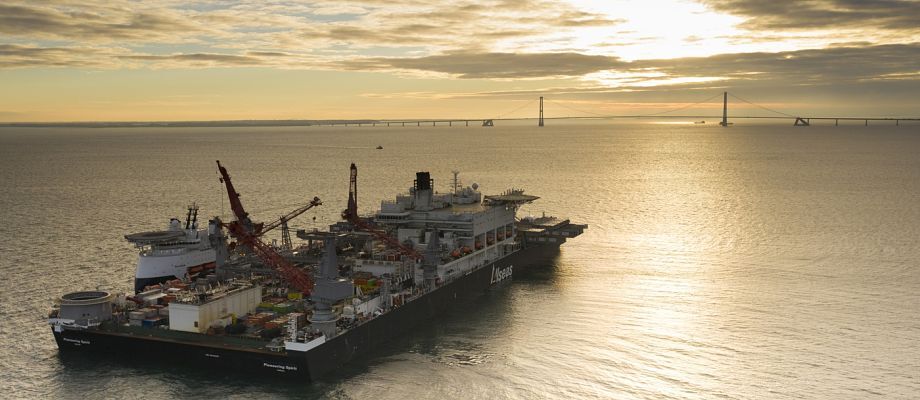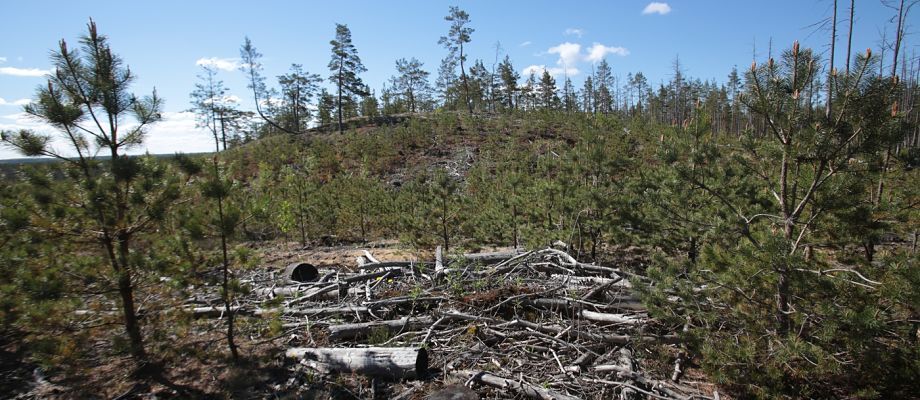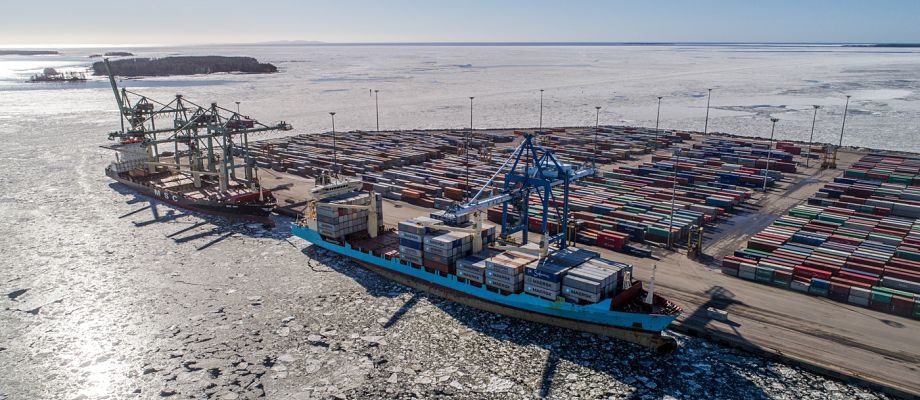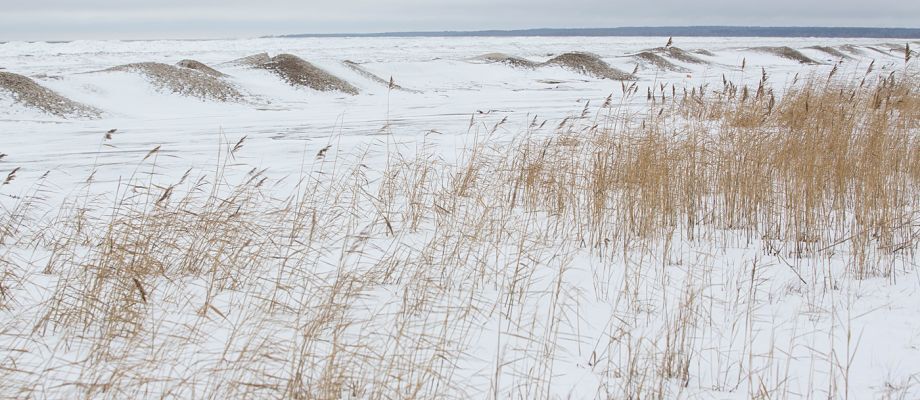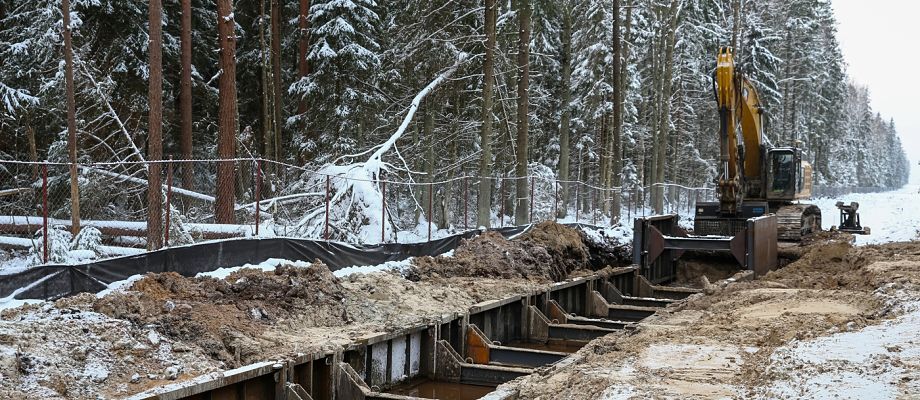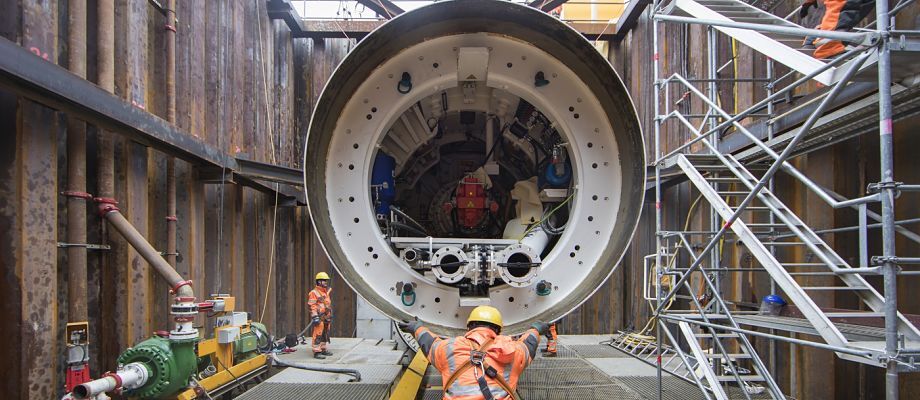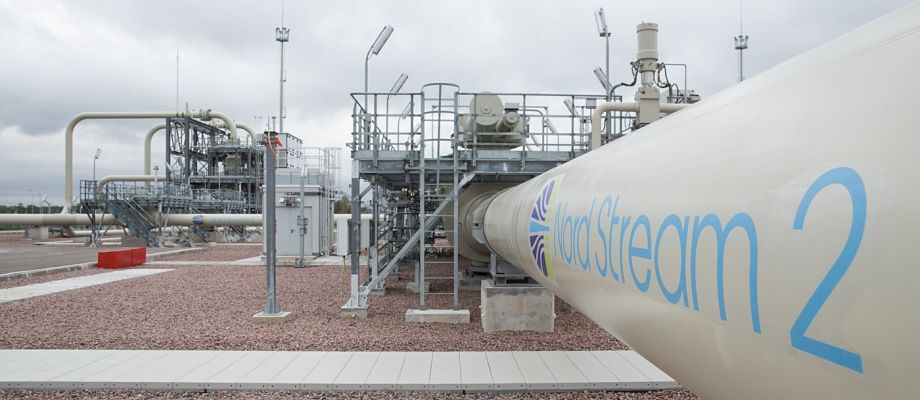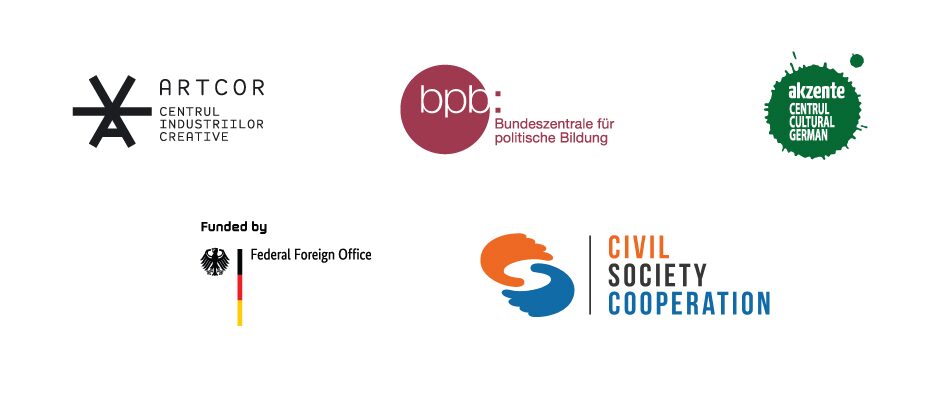Is Nord Stream 2 an eco-friendly way forward for Europe?
This article was produced in the framework of the "Unprejudiced" project with the support of the Eastern Partnership Programme and the German Federal Foreign Office in January 2022.
Authors:
Ksenia Idrisova
Sashko Shevchenko
The Russia-built gas pipeline Nord Stream 2 might start pumping gas to Germany in the second half of 2022, according to the German regulator BNetzA’s statement back in December 2021. However, in addition to the certification process, which has been suspended, but also political and regulatory concerns, there are fears that the pipeline could pose a threat to the environment.
In the new coalition agreement of Bundestag, members of German parliament have officially committed to phase out coal use by 2030 rather than 2038, as it was articulated earlier. Therefore, it is very likely that the consumption of natural gas as transition fuel will increase over the next decade. But does it need to be Russian gas in particular?
Is Nord Stream 2 safe for the environment?
In its feedback to Brussels over the EU’s sustainable finance taxonomy, the German government yet again backed natural gas as transition fuel that will enable Germany’s “rapid phase-out of coal and thus achieve CO2 savings in the short term”.
In essence, importing gas from Russia might undermine the goal for a green transition, warns Ukrainian leading expert on energy programs at Ukraine’s Razumkov Centre Maksym Bilyavskyy.
“Gas production in Russia is known for increased CO2, Nitrogen oxides and Sulphur emissions because of imperfect technological solutions for the utilization of the associated petroleum gas… So there are problems with carbon neutrality during gas production in Russia”, Bilyavskyy told Goethe-Institut.
With the underwater pipelines, such as the Nord Stream 2, the transportation of gas is environmentally unfriendly too: underwater pipelines generate the highest gas emissions. Due to high pressure, more gas, transported through Nord Stream 2, would leak directly into the water, the expert believes: “So in fact, Nord Stream would in no way help decarbonization, on the contrary, the pipeline will slow it down.”
Russian eco-activist Margarita Kaurova agrees. The damage from the pipeline can come not only from the extraction itself, but also from transportation, she says, which is accompanied by logging, endangering the status of protected areas, the internal division of the forest and the violation of local people’s rights.
“Even in the most perfect conditions, there is no guarantee that the pipeline will be used correctly in the future. Even the slightest wear can result in the destruction of entire ecosystems,” Kaurova told Goethe-Institut.
There is also an issue of seabed subsidence, similar to what happened at the Ekofisk field in the mid 1980-s. The lowering of the sea floor can happen over the span of decades, but it can also be unwillingly accelerated by underwater extractions. It is unclear whether there has been enough research to assess this situation in the Baltic Sea and prevent environmental risks.
The Kremlin, for its part, has repeatedly refuted any suggestions that Nord Stream 2 can be environmentally harmful or undermine green transition, seeing these concerns as purely political.
Russian president Vladimir Putin has warned against “weaponizing” the international climate agenda in the hope of promoting the economic or political interests of individual countries. He accused environmental activists of following a political agenda, rather than looking at the facts, for instance, that Russian natural gas has a three times lower carbon footprint than LNG in the USA.
American officials, on the contrary, argue that the Russian pipeline is dangerous because it is carrying gas which is “the dirtiest forms of gas on Earth with no security on methane emissions”. According to a study conducted by the US National Technology Laboratory in 2019, Russian gas has up to 22 per cent more greenhouse emissions than European coal, whereas US LNG deliveries to Europe have up to 56 per cent less emissions than coal.
President Putin has stressed on numerous occasions that Russia aims to strengthen the energy security of the entire European continent, and the implementation of Nord Stream 2 will lead to a considerable reduction in greenhouse gas emissions.
Speaking at the Valdai Discussion Club meeting in October, Putin talked up the environmental benefits of Nord Stream 2, which he described as the “state-of-the-art pipeline”: “There are absolutely no emissions involved when you deliver gas via the bottom of the Baltic Sea… Emissions from Nord Stream 2 are 5.6 times lower compared to Ukrainian gas transits, because the system there is old and has been in use since Soviet times”.
How vital is Nord Stream 2 to cover Europe’s gas needs?
Dependence on Russian gas has been Europe’s main energy security concern, according to the European Council on Foreign Relations (ECFR) think tank. By pursuing a diversification strategy of gas infrastructure, Europe aims to decrease its overall reliance on Russia as the key supplier of gas.
The EU and Germany in particular do not need any additional pipelines to fulfil its gas needs at any given moment, the German Institute for Economic Research experts Franziska Holz and Claudia Kemfert note. They mention American liquefied natural gas (LNG) among the possible sources of gas that Europe might need.
According to Annalena Baerbock, the German Minister of Foreign Affairs, investing in Ukrainian gas transporting system, which can carry non-fossil hydrogen gas in the future, makes more sense than investing in Nord Stream 2, which is designed to carry natural gas only.
Meanwhile, supporters of Nord Stream 2 argue that the pipeline will increase the security of supply during the uncertain and volatile transition period, which will strain the gas transmission system. In addition, according to an optimization model conducted by the Institute of Energy Economics at the University of Cologne, Nord Stream 2 will also reduce wholesale gas prices for European consumers because it will enhance competition between LNG and Russian gas. Moreover, it is likely that electricity prices will also be lower in a scenario where Nord Stream 2 pipeline system is available, the study suggests.
There is a difficult balance that needs to be reached between climate policy and security of supply. “More climate protection also creates new opportunities but also new challenges for security of supply… Stopping Nord Stream 2 for climate policy reasons would mean a sensitive intervention in the gas value chain,” says the German Institute for International and Security Affairs.
Is it a tool of geopolitical leverage?
Although Russia promotes it as a commercial project, many fear that the Nord Stream 2 gas pipeline will be used as a tool of geopolitical leverage aimed at undermining gas transit through Ukraine.
Countries with an abundance of energy resources often use their energy exports not just for economic purposes, but also “to punish and to reward, affecting both transit states and end-consumers,” according to a study by the European Parliament's Committee on Foreign Affairs (AFET). “Restrictive contractual obligations” make it impossible for the buyer to resell gas or buy it via a different pipeline route. “These contract terms enable Russia to keep the European market fragmented, allowing Gazprom to offer different prices to different buyers,” the study says.
The Ukrainian government has raised concerns that the launch of Nord Stream 2 will threaten the Ukrainian energy industry and the country’s financial security.
These concerns actually led to the US-German deal of July 2021, in which the parties committed to help Ukraine to get transit fees once Nord Stream 2 goes live.
The US is a staunch opponent of Nord Stream 2. On the one hand, it sees Russia’s gas as a geopolitical lever, on the other hand, it is supplying gas to Europe itself. In fact, it was reported in January 2022 that about 45% of Europe’s LNG imports are coming from the USA.
What else can be done?
To find good transition fuel, Ukrainian expert on energy programs Maksym Bilyavskyy suggests that Germany should substitute Russian gas with the fuel from Azerbaijan and use the TANAP gas pipeline that has already been selling gas to Europe since 2020. Azerbaijan confirmed it was ready to supply more gas to Europe in case of emergency.
Bilyavskyy also says that Ukrainian gas transporting system, that is currently a key route of Russian gas into the EU, will remain more flexible and have a bigger capacity than Nord Stream 2.
There is simply no need for additional gas pipeline such as Nord Stream 2 to cover European needs for natural gas.
According to the orders for 2021-2024, Gazprom will only use approximately 40 billion cubic meters of the Ukrainian pipeline ability per year, leaving more than 100 billion cubic meters unused. It is almost twice as much as the Nord Stream 2 is supposed to cover - the 55 billion cubic meters. “More than 100 European companies book the capacities of the Ukrainian gas storages, including transportation services. Nord Stream 2 will never have such an effect”, the expert claims.
The Nord Stream 2 appears to become a substitute for the existing gas transition routes, rather than an addition to them. So, if the Russian pipeline would not be used to actually increase gas exports to Germany, its construction had little to do with green transition.
